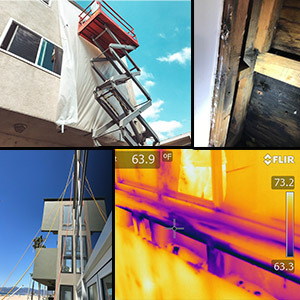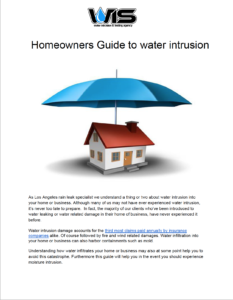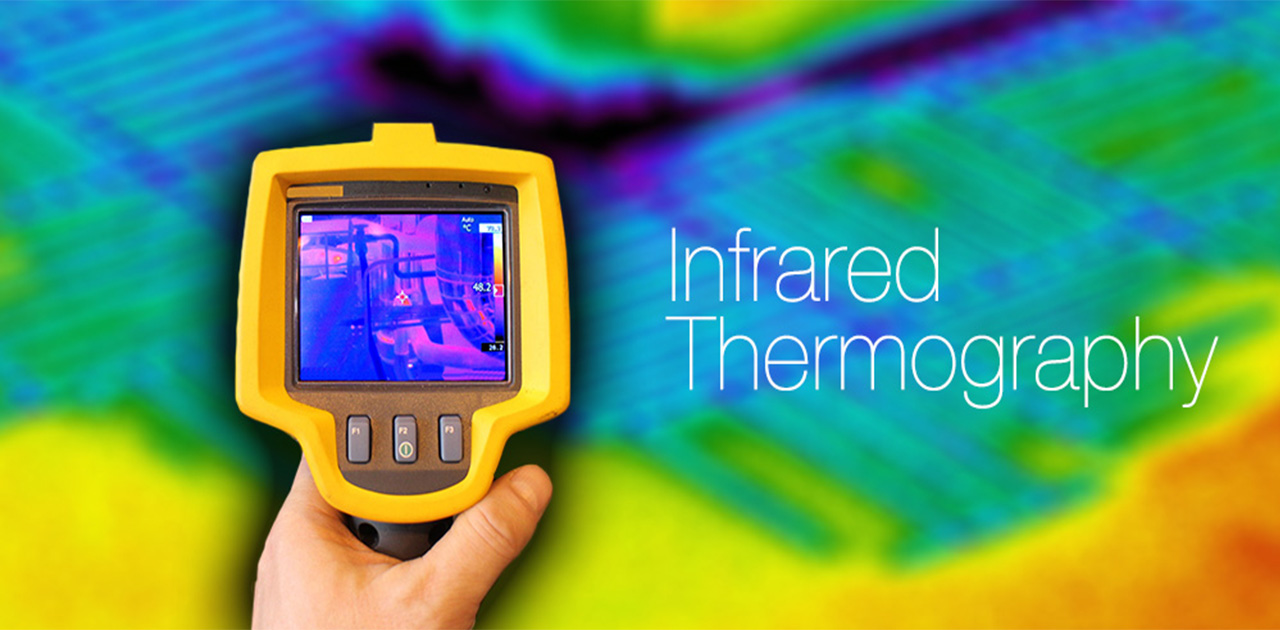Los Angeles Rain Leak Specialist
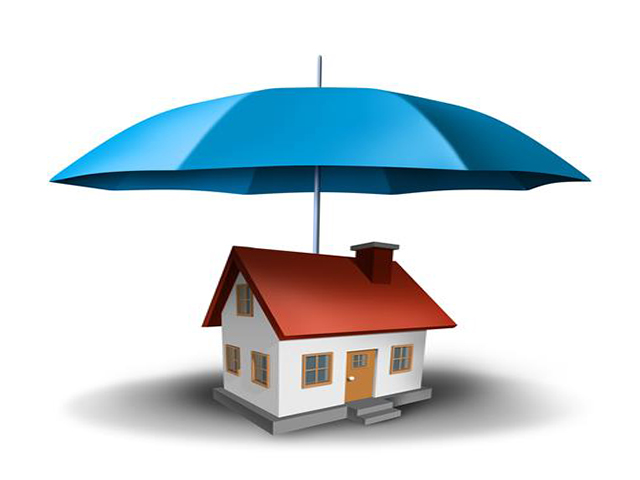
Water intrusion damage accounts for the third most claims paid annually by insurance companies alike. Of course, followed by fire and wind-related damages. Water infiltration into your home or business can also harbor containments such as mold.
Understanding how water infiltrates your home or business may also at some point help you to avoid this catastrophe. Furthermore this guide will help you in the event you should experience moisture intrusion.
Download a copy of this page here
Rain leak detection by a rain leak specialist
Water can enter your Los Angeles area home or building from multiple different paths. How well these paths are of water travel are made water-tight will make the difference between a leaky house or dry home.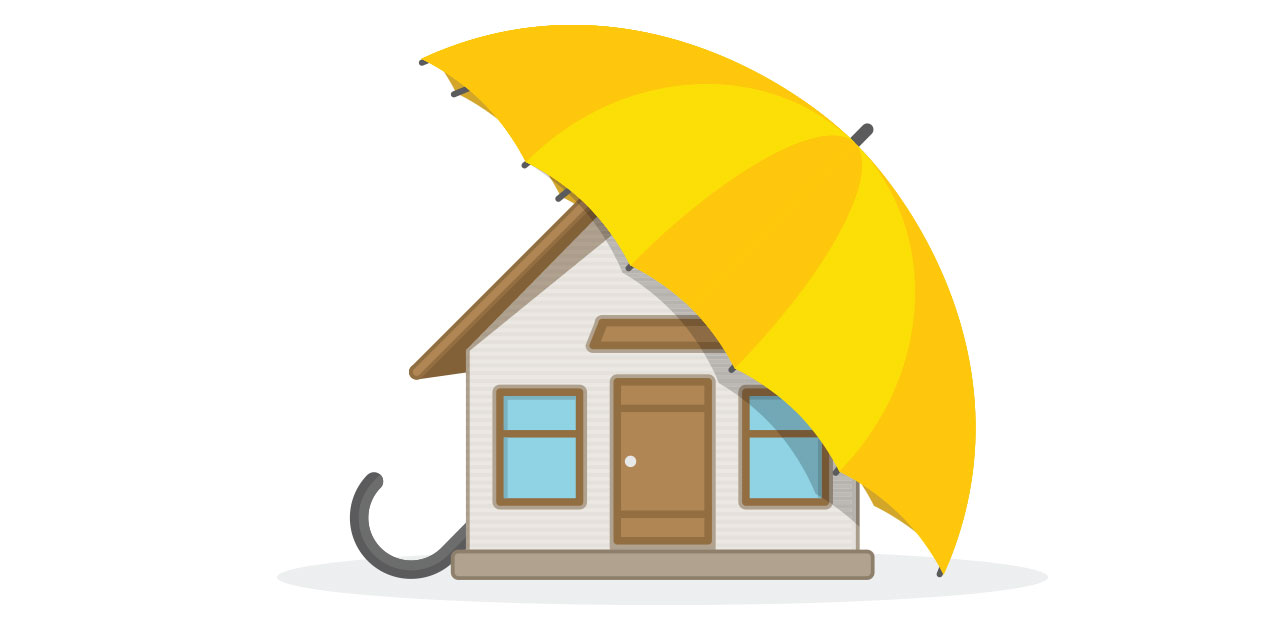
The Water Intrusion Specialist (WIS) is a Rain Water Leak Detection Specialist that tests exteriors of the home or building we service to locate and source the problematic leak locations. Ultimately, the results of our testing are compiled in an electronic report and should be turned over to both Licensed Waterproofing Consultants (Registered Architect and/or Professional Engineer) and Contractors who can then develop repair recommendations and execute the reconstruction work. Originally based out of Los Angeles, CA but growing each year to service more and more areas within both the State of CA and neighboring states such as Arizona and Nevada, our work is performed on both residential as well as commercial properties. As a leading water intrusion testing company and rain leak specialist in both the Los Angeles and Greater LA area, we see our fair share of water-related home damage, especially with more and more storms causing damage each year!
So for us, when it rains it really does pour. Because we see such little rain here, many from Los Angeles see it an an an “out of sight out of mind thing”. Yet, with each rainy season comes the flood of calls! Which are, water leak and water damage from a roof leaking, stucco wall water leaking, poor drainage at grade leaking into interior spaces, deck water leaks into rooms, windows which leak and grade issues. Yes, water leaking into the building is still yet another example of calls we receive.
Preparing yourself is the only way to eliminate the possibility of having one of these issues. This guide is just that list.
Can you trust your contractor as a Leak Detection expert? When he is not.
As a professional water testing agency, we not only understand window water intrusion leak testing, we are experts in it.Don’t be fooled by the multitude of so-called water intrusion experts lurking around Los Angeles. Most are just waiting for the first drop of rain to fall onto your unsuspecting home. You might find these guys when you Google, “leak detection companies near me” or “water intrusion Specialist near me“. A lot of these so called water testing companies actually rent equipment from us to perform their tests.
Many of these individuals are looking for people like you to not just test for water leaks… but also repair. While that might sound like a good deal, it’s not. Here’s one reason why.
The majority of contractors make their money one of two ways. Perform a task, or sub out a task to be performed by another contractor.
The big contractor secrete
Contractors who perform their own testing and then work from their findings are unusual for me. As a homeowner, especially with troubleshooting, I’d be apprehensive to allow any work which requires troubleshooting as part of the service. Not to be confused with straight- forward construction tasks like replacing a roof, a faucet, a broken _____ whatever.My advice is, hire a separate water leak specialist to find the water leak. After which, based on the findings of the leak testing expert, have a qualified contractor bid the repairs. Being a rain leak specialist means you possess the knowledge to trace water intrusion into a building with as little damage to the building as possible. Obviously, destructive testing is always necessary, we try to source moisture intrusion issues without first moving to destructive testing.
Stucco water intrusion | walls
Many homes in Los Angeles and surrounding communities are Stucco clad. Stucco building walls are made up of sand, lime, and cement. Of course, unless it’s synthetic. There are just as many who believe stucco walls are totally waterproof. In other words, water hits the wall and simply runs down and off the wall and not through it.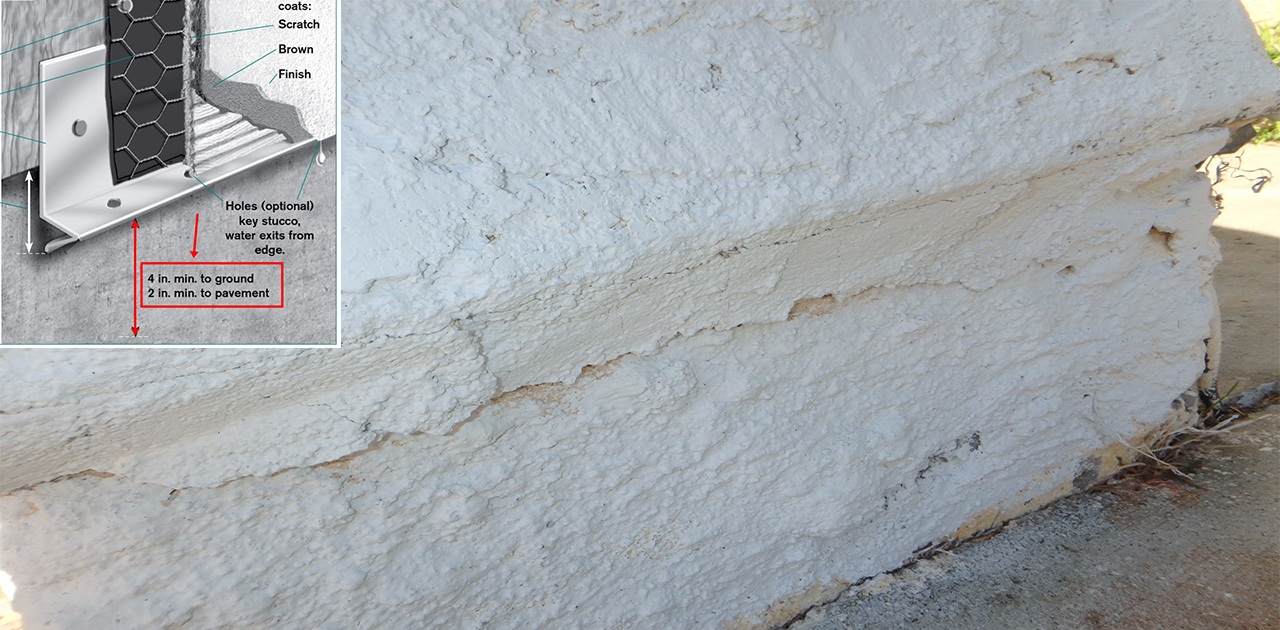
Weep screed if blocked can cause interior leaking
Ladies and gentlemen, I’m here to tell you that Stucco is, in fact, porous and actually absorbs water, not shed it. Thus leading to rainwater leaking into the stucco wall. During rain, water enters the stucco wall but rather than water running away from it, water actually gets pulled into the stucco wall.
Once inside, water will then have an opportunity to drain from behind the stucco wall, and out the bottom.
Dirt and concrete surfaces help water leak into your stucco wall
As a homeowner, you can ensure this process takes place by keeping the dirt and other solid surfaces away from the bottom of the house. In other words, the component we’re speaking of is otherwise known as a weep screed.Negatively sloped grade may allow water to enter into the buildings wall
The ground surface, and how well it slopes away from the home helps keep water from entering into the building. Make no mistake, when water gave the chance to flow against the foundation of the home and subsequently into the wall via the weep screed, it will capitalize on the opportunity.The building code for Los Angeles requires a minimum slope of 2% away from the building. Anything short of that, water will not only collect against the stucco wall, but it will also enter.
Clogged weep screeds May hold water inside a stucco wall
The weep screed’s primary purpose is to drain the wall. It’s more or less a way out when rainwater enters a stucco wall.In many cases, Stucco gets clogged in the holes of the weep screed flashing during construction. This condition traps moisture within the wall of your Los Angeles home. In time, this trapped moisture will create water-related damage and yes, even mold.
Crawling around the bottom of our home or building on your hands and knees looking for blocked weep screed holes may seem like an arduous task… it is. Sometimes it’s the little things like this which are necessary to eliminate rainwater leaking into the stucco wall.
Special wall paint
There are some who make the claim that there is a special paint which will virtually seal the outer wall of the building. As much as it seems to be a great idea, I can’t say whether or not our company has ever tested a wall which was sealed with this material.Everything I read about this material by all accounts appears to be a great solution for water entering into your stucco walls. Based on what I’ve read I believe it may be a great temporary solution of a chronic water intrusion related stucco wall leak issue.
I say temporary because like everything there is a limited lifespan. Taking into consideration what I’ve read, this product like all things in this world, has a limited life span.
I don’t know enough about this product to speak about it with any authority. I can say in the field, this material has been brought up multiple times over the last heavy rain we saw in Los Angeles 2018-2019 season. After additional research, every single client chose not to go with the elastomeric paint as a solution.
Window and door water leaks
So for us, we’re a professional water testing and rain leak specialists. What that means is that we not only understand window water intrusion leak testing, we’re experts in it.While there are many explanations as to why windows and doors leak, we tend to find that they are narrowed down to about two.
- Installation
- Product

Window leak testing in accordance with AAMA and ASTM standards
Within these two explanations, I’d say the window installation carries the biggest burden. So how come so many issues with installing windows and doors? First of all, all installers are not the same, do the same, know the same.
Even Though you expect all windows to be installed the same way every time, they’re not. Problem is that with “the human factor”. That is, you have to rely on humans to perform this task. Some are good. Others may not be so good.
However, there is an instruction manual of sorts. ASTM E2112, titled, “Installation of Exterior Windows, Doors and Skylights is just that document. Within this document are instructions of how windows are expected to be installed.
There are 2 types of window and door installations
Effectively there are only two ways to install windows or door;- Nail in type (remove the outer wall covering)
- Retrofit type (fits into the existing frame)
Knowing which type of windows or doors you possess will help you to better determine what precautionary measures are available to prevent water intrusion through the fenestration product via rain leaking.
Nail-in type windows and doors are the most difficult to water test because moisture intrusion testing requires what we call A/B testing. In essence, it’s the testing of the installation and then the product both independently.
Preventing water leaking from Nail-in type windows
Nail-in type windows and doors are just that, nailed in. Well, essentially they’re nailed into the wall via a nail-in flange. This flange is then waterproofed and covered by a wall covering like stucco for example.
First of all, I need to say that you (the homeowner) cannot protect against a substandard installation. It won’t matter how much preparation you make. Despite your best efforts, if the windows were installed incorrectly, rest assured in time, the windows will very likely leak.
Preventing water leaking from Retrofit type windows
Effectively, retrofit windows are windows and doors which are installed into an existing frame. They are installed from the exterior side of the building. Inside the frame, the sealant is installed to prevent water from entering into the building.
The outer flange or trim keeps the window in place. After which, the outer trim is sealed to the wall covering.
Assuming the retrofit windows and doors have been installed in accordance with industry-standard, ensuring they are water-tight is relatively easy. Start off by inspecting the outer trim. After which, re-seal the areas where the sealant is either deteriorated or missing.
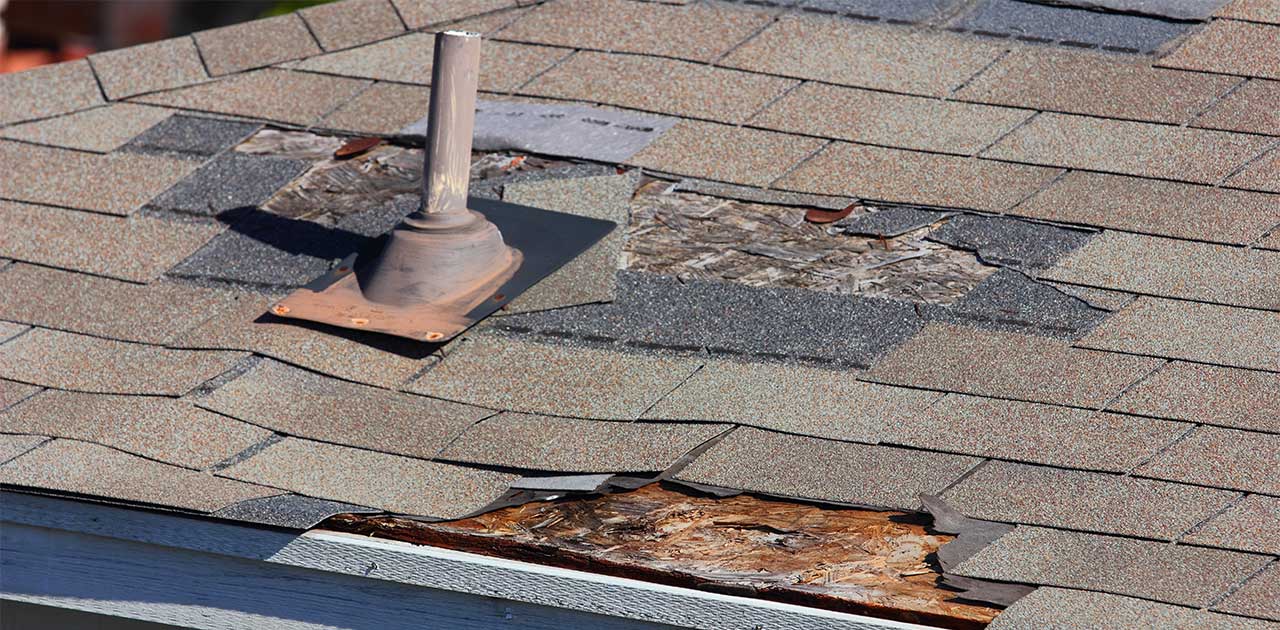
You may notice that there is no sealant at the bottom of the window frame. In some cases, an installer will leave this open in the event that water becomes trapped within the frame. Thus, the trapped water has a way to escape.
Because water has a hard time traveling upwards, our water intrusion or rain leak testing has never experienced a problem here.
Become a rain leak specialist | Learn to prevent roof leaks
Roof leaking is pretty common especially with heavy rain. Luckily, here in Los Angeles, it doesn’t rain that often or heavily. In spite of this, we still get rain and roofs will leak. So what can a homeowner do to prevent roof leaks?
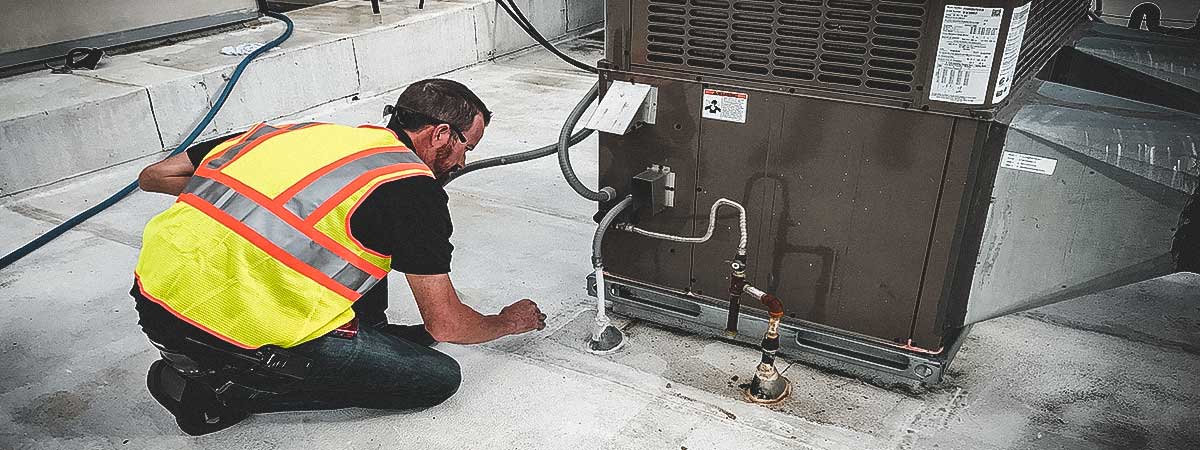
Santa Clarita Water Intrusion Testing
We have a few tips which might help eliminate or at least minimize roof leaks for the upcoming rainy season.
Thermography helps find roof leaks
First off let me say that if you do currently have a roof leak, you can find roof leaks with an infrared camera. I do not give thermography enough credit, but the use of thermography when looking for roof leaks is almost necessary.In the event that you suspect a roof leak before you call a roofer, it may be a wise investment to hire a III thermographer to source the roof leak first. With this in mind, a thermographer can even assist a roofer in real-time to source difficult to locate roof leaks. Just a thought.
Roof leaks derive from penetrations and damaged roofing
Most of us only notice a roof leak by a stain that suddenly appears on our ceilings. Preventing roof leaking is effectively taking a common-sense approach to a common-sense barrier. Roof coverings come in all different materials, however, the basic principles are the same with respect to keeping it watertight. For the most part, you should consider the roof a large solid covering. Within this system are holes that are supposed to be sealed to prevent leaking.The most common roof leaks derive from flashings or penetrations. Vents and other flashing are these components that penetrate the covering. Ensuring these vents or penetrations are sealed where they penetrate is extremely important.
The roof covering itself can be constructed from a variety of materials. Here in Los Angeles, we see them all.
- Concrete
- Clay
- Slate
- Tar or pitch
- Rolled roofing
- Composition
- Wood shake or shingle
- PVC and more…
Nevertheless, the material doesn’t matter as much as ensuring the material is serviceable. In other words, you need to make sure there is no degradation to the material which will allow water intrusion into the building. Having your roof inspected by a professional roofing company is a good way to ensure the condition of the roofing is in this serviceable state.
Walk-on Deck Leaks
In Los Angeles walk-on decks are a popular component to all building styles. With this in mind, the decks much like a shower pan, have to be waterproofed. Waterproofing is effectively making a barrier under the decks surface which you see.In other words, the waterproofing is really the barrier. The materials you are walking on more or less protect this barrier and make is esthetically pleasing to look at.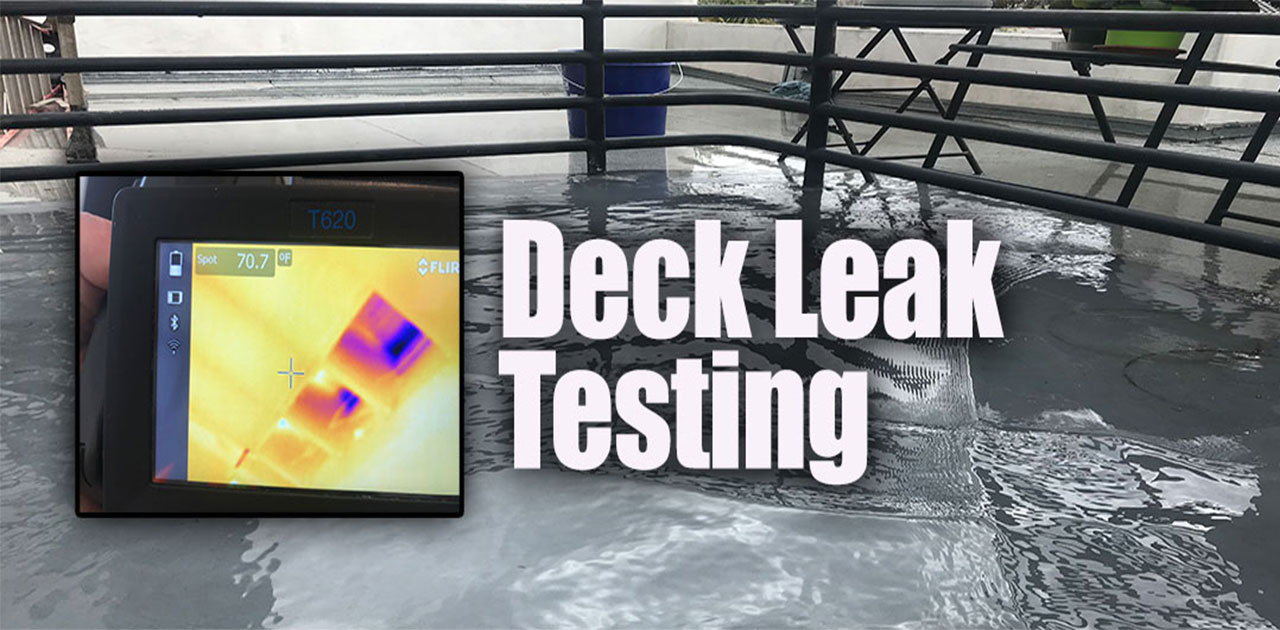
Many times, this barrier fails and what ends up happening is water enters the building usually directly under the deck. In the event there are drains within this deck system, those too are vulnerable to failure and subsequently leaking.
This article is understandably about how to protect yourself from leaks. That said, these decks much like shower pans are examples of a couple of systems that are difficult to protect against water intrusion. Mostly because the waterproofing material is buried and not accessible nor is it visible.
Deck and shower pan testing
Although these systems are not easy to make more water-resistant, you can test them. If you wish to be proactive and getting ahead of a leak, then you may wish to test.Deck and shower pan testing is performed in accordance with the ASTM 5957 testing standards. You have to know, however, testing will produce leaking if leaks are likely. So if you want to test for leaks to be proactive, understand that you very well may indeed find them.
Plumbing leaks
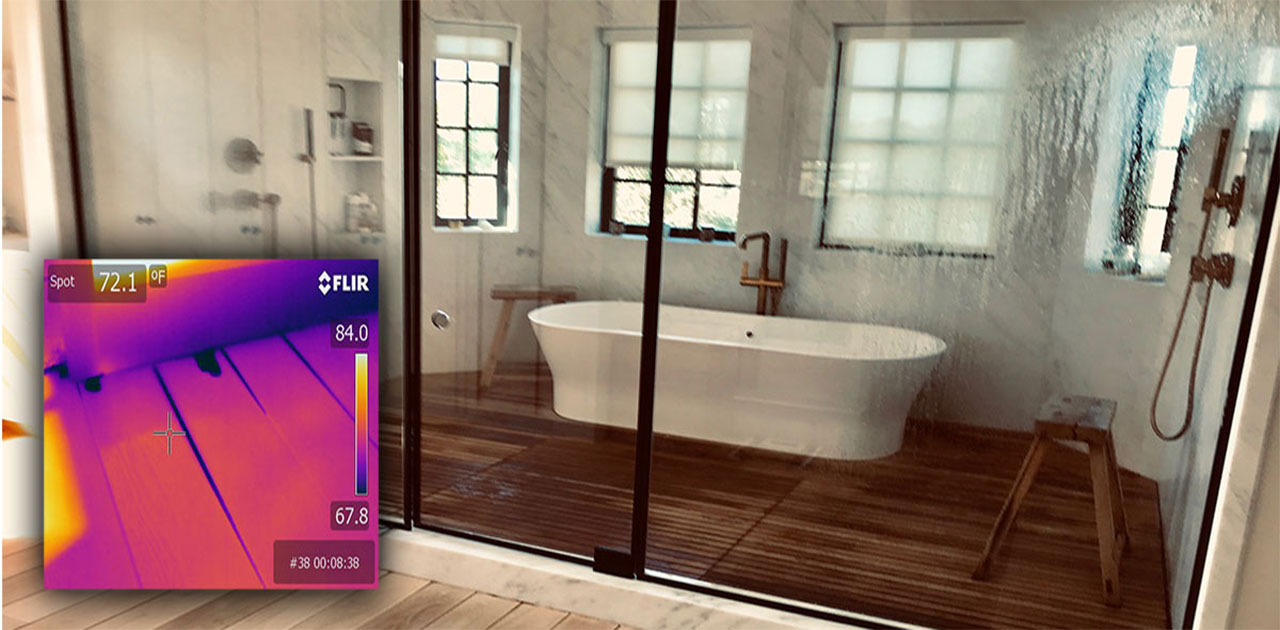
Shower pan leak testing
Perhaps the most common of all water-related damage claims is plumbing. Unfortunately, plumbing systems are much like decks and shower pans, are impossible to guard against leaking. As rain leak specialists we see leaking into the home’s systems as preventable. Whereas, plumbing leaks just happen.
That said, however, you can always choose to have your home scanned with the use of an infrared camera. For one thing, the camera will show where there is moisture in a house. What it won’t do is find the exact location of the water leak. For this, you’ll need a plumber or a contractor.
Water intrusion, Mold and remediation
With water, intrusion comes to a whole host of ancillary issues. Issues such as mold and damaged building materials. Many times, water intrusion can go unnoticed for long periods of time. In which case, mold can be a serious concern.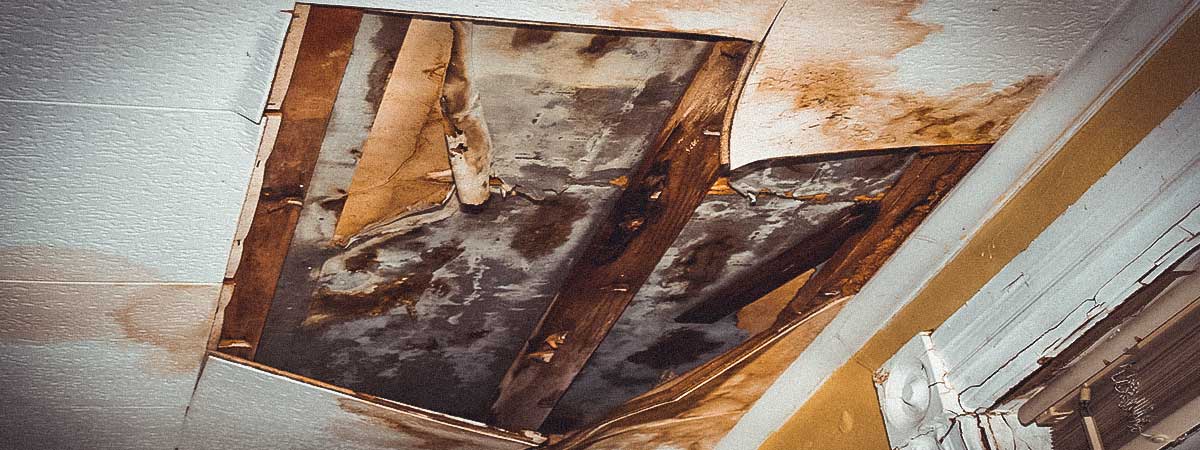
In other instances, water intrusion can go on so long that the wood or steel framing of the building deteriorates compromising the structural integrity of the building. When we think of remediation we oftentimes think water clean-up companies. Removal of drywall, air-blowers, and plastic containment areas are usually the pictures we have in our heads.
Although these are all forms of remediation, so too are the water testing procedures that precede this work.
Los Angeles rain leak specialist and water Intrusion experts
Los Angeles isn’t known for its rain. Actually, it’s better known for its sunshine. I’m not suggesting we don’t get rain. But I am saying it’s nothing like Washington or Oregon. Even though rain historically comes in small quantities (except for the 2018-2019 rainy season), rain still seems to cause havoc. As rain leak specialists in the Los Angeles area, you can assume that when it does rain we are pretty busy.
If you are a homeowner and experience rain but have no idea where it derives, you may wish to call us. Our ability to source water intrusion is second to none. It’s what we do.
Water testing is also what we do. For example, our speciality is performing various AAMA and ASTM water intrusion tests.
Our services cross over from residential to commercial water intrusion investigation. Speaking of investigation, our testing includes the AAMA 511.08 which is a forensic water intrusion test. This test in conjunction with the ASTM 2128 is our go-to standard for forensic investigations.
